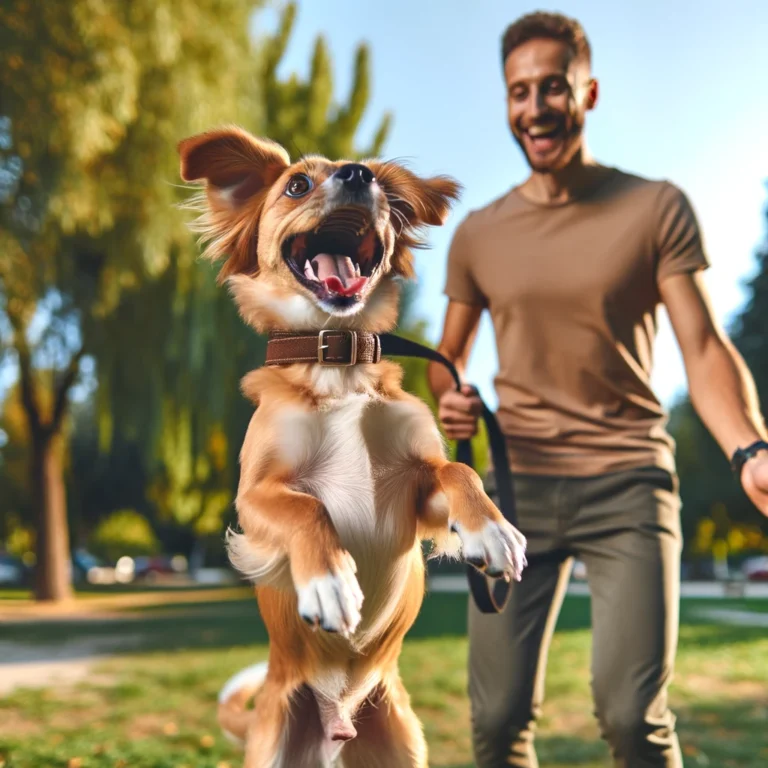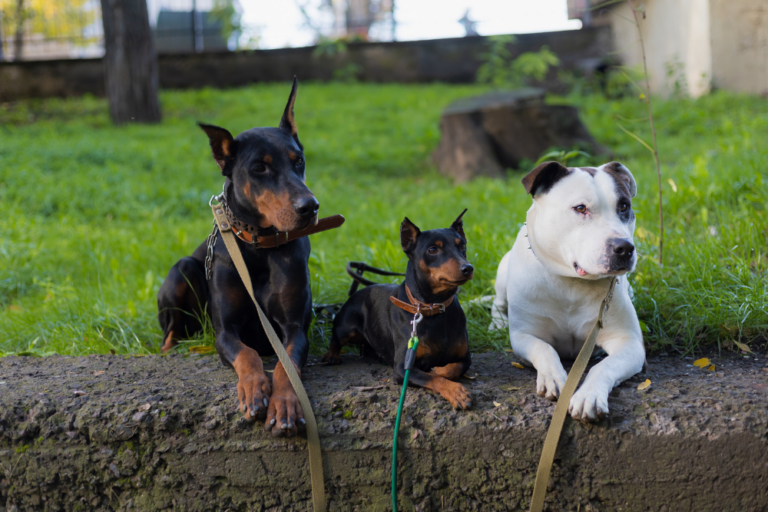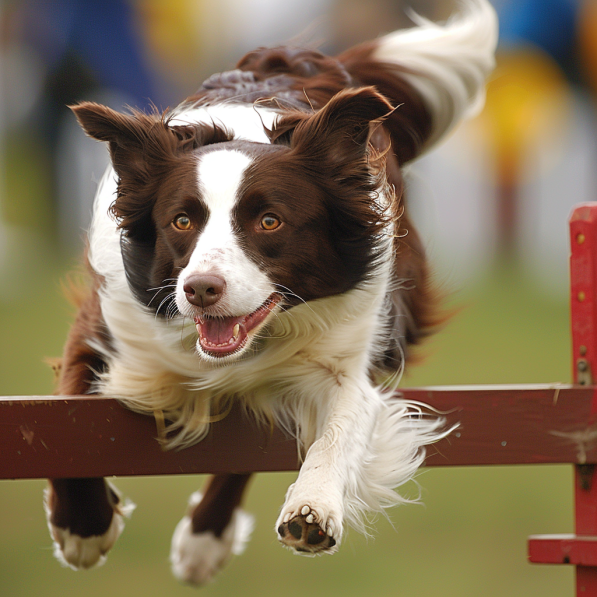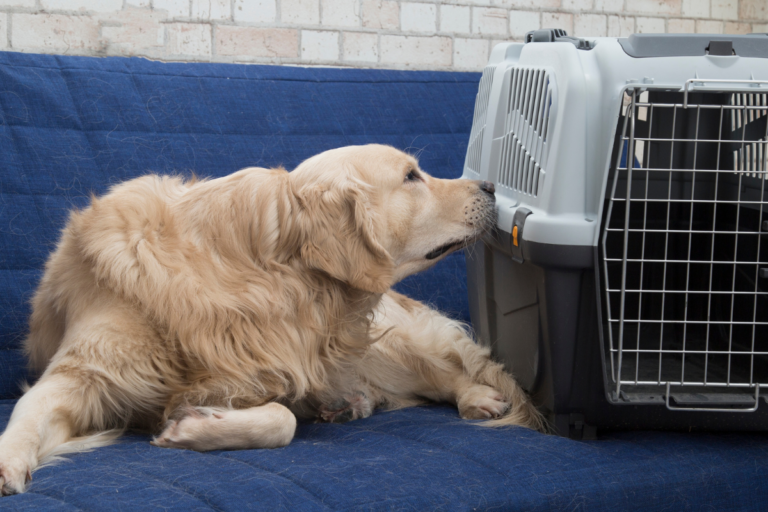How to Stop Protective Barking in Dogs
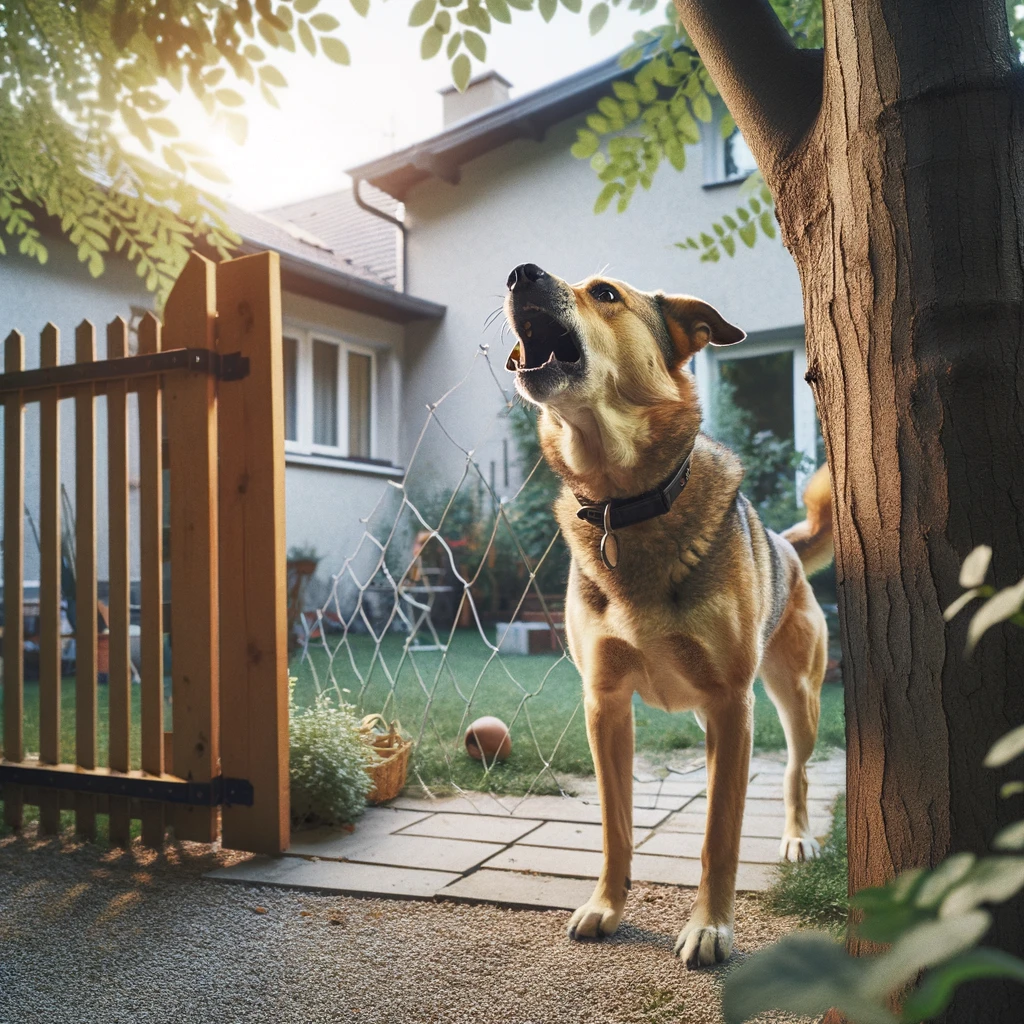
How to Stop Protective Barking in Dogs
As they say in New Jersey, “not for nuthin”, but protective barking in dogs can soon lead to aggression and you’ve got a HUGE liability risk on hand!
Honestly
if there’s a bark or two I can deal with and would expect of a dog it would have to be protective. You and I alike may feel at ease that our dog is basically doing something us humans have relied on for centuries if not longer. Protective barking can give a comfort level of sorts that our dog will alarm and defend its human pack.
The Catch
There’s a catch however! This behavior is actually a form of aggression that if allowed to escalate can become a difficult habit to break. Next thing you know your dog is barking for reasons less threatening and maybe snapping or growling! Here’s where we we run into problems with protective dog barking.
Protective barking and also growling, has no place in the relationship between man and dog unless your dog is tasked as a guard dog. Unfortunately, there’s a fine line between being protective and overprotective which at times any dog can confuse for a variety of reasons.
To categorize overprotection as one issue is not black and white as there are many factors that lead to overprotective aggression. Object guarding, territory or people aggression, dog or animal aggression, food guarding and additional issues are all forms of aggression. The one common trait is that more often than not, each of these issues manifest from protective barking and protective behavior.
A few common examples..
Let’s look with this specific issue in mind at a few examples of protective barking. Next we’ll cut to the chase and discuss a few training techniques to work through them.

- Here’s a situation where you see a dog on lead having an afternoon walk when suddenly, the owner scoops it up as another dog or person passes by. While held up in arms the dog is nutty, barking like it wants to take someone’s head off. This is typical of protective barking and overprotective behavior 99% of the time. And you guessed it, poor owner picking up her dog is NOT addressing the problem, she’s inadvertently reinforcing it!
- Next, let’s remember last weeks football game at your buddy’s house. His 60-pound lab/mutt mix greets you at the door, acting overprotective and barking with ears perked up, tail straight, hair standing and stiff body language. You guessed it and protective barking is ruining the game!
- Last summer you rented a beach cottage for a week. Each day when you walked down to the beach you pass a chain link fence. You laugh as some Dachshund matches your gate step for step along the length of the fence. Crazy dog is barking and growling like you’re on his menu! Good thing there’s 8-gauge steel wire separating you! Here again, overprotective aggression and protective barking rears its ugly head. Bet there’s some anxiety mixed in that dog’s mind somewhere too!
Hopefully you’ve got a visual now of overprotective behavior or even better, can relate to a similar situation you’ve been a part of. Now we get an idea of what that barking is really about;) So let’s figure out what created this problem in the first place, get to the root of the issue and nip it in the bud.
TIP: Many dogs, certain breeds more than others, are instinctively protective.
Problems begin early & unknowingly..
From an early age many puppies are encouraged or praised when they bark. Cute and “Oh yeah he’s going to be a great protection dog!”. Bad idea to start off this way with a pup unless you’re looking to end up with an aggressive untrustworthy dog! As your dog matures and becomes strong minded, this behavior, conditioned from a young age, can suddenly become hard to control. A better idea is to socialize!
So for starters, don’t reward or praise your dog for barking or any aggressive behavior towards non threatening people, pets or animals. Best bet here is to correct your dog with a voice command or other method to break focus on the object and gain her focus on you. Calling a sit stay is also good practice to redirect the mind away from the situation. While an alarm bark or two is OK should the doorbell ring, keep it to that, one or two barks and enough.
It’s important to always portray yourself as pack leader during these situations, especially with a strong willed breed. Be confident in your posture and voice, you may step in front of your dog to block the line of site to the door or other object if you’re outdoors. Look at your dog eye to eye and command a sit or down. Often with aggression, training collars and long leads are used. Here trainers will allow a dog to wander out, wait for it to key in on something then give a leash correction and recall. Of course you can accomplish the same thing with a command, rewarding the recall if your pup is tuned in to you:)
Since positive reinforcement, praise and reward training is favored by many, here are a few tips. You can use a clicker or training whistle to gain focus of your dog when it gets distracted. Do this prior to, or just as protective barking begins. With positive methods however, your timing is more critical because rather than bringing the mind down from an aggressive state, we’re catching it right as aggression begins to escalate.
[the_ad id=”1850″]
Try this exercise with a clicker..
TIP: If you’re unfamiliar with clicker dog training have a look at this page first.
Charge up your clicker for 10-minutes by treating your dog for something easy, like a “sit” or “come”. Let’s make sure he’s tuned in to the clicker and ready to go. Next have a friend, you spouse, partner, girl or boyfriend, Daughter or Son sneak around to the door to ring the bell or knock. At that exact moment give a click and reward your dog for remaining quiet. You can allow an alert bark or two before the click yet at the click, focus should shift immediately to you.
Similar methods can be used when you’re out on a walk, at the dog park or elsewhere. Keep that clicker handy and use it to defuse situations when protective barking has been a problem for you.
As discussed, you can use other methods mentioned or your own. Vocal commands, a pat on the rear (I didn’t say “kick in”), a leash correction, can full of pennies, spray bottle, or whatever else you come up with. The main objective here as with similar behavior issues is to distract your dog’s focus on the problem and gain focus on you.
Basic obedience training goes a long way here and will help immensely with protective barking since communication between dog and owner will already be established. We’ve published informative tutorials to help out with dog obedience training that I’m sure you’ll find helpful. Obedience training is critical as we condition focus and communication between dog and handler. In many cases, going back to the basics with obedience training will make all other issues much easier to correct.
Always be the leader of your pack and your dog will look to you when startled, confused, scared or agitated! Next, you can let your dog know what’s expected.. perfect!h
Protective Barking Summary
Hey dogs are dogs right? Well yeah but overprotective dogs spell TROUBLE. Protective barking may become a problem if.. Your dog barks and growls at people, pets, cars or other day to day things when no threat is apparent. You find it difficult to get your dog to stop barking. Visits to your home always end up an event with trying to settle your barking dog the main attraction. Your normally mellow dog lunges and snaps at people or passers by while out on a walk. You nervously warn others.. “Be careful, he may bite”!. Barking is more frequent for no apparent reason.
If any of these apply, or you didn’t find what you needed in this article, please have a look at the links provided on our dog behavior and training page.

